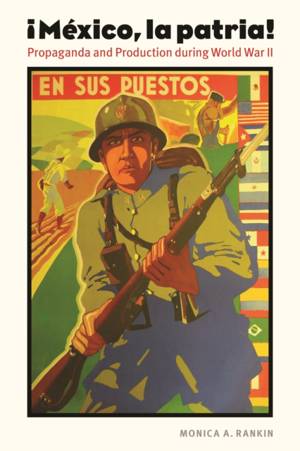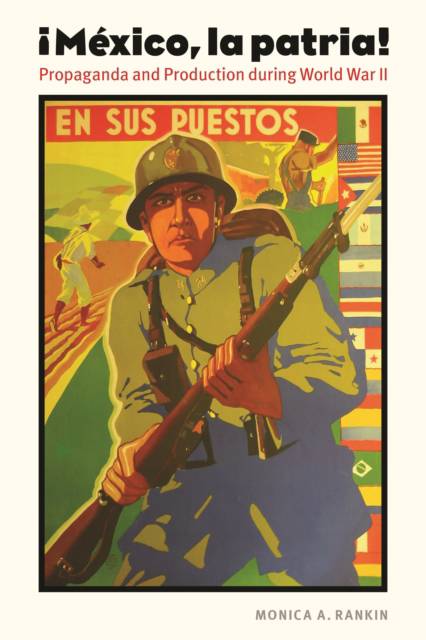
- Afhalen na 1 uur in een winkel met voorraad
- Gratis thuislevering in België vanaf € 30
- Ruim aanbod met 7 miljoen producten
- Afhalen na 1 uur in een winkel met voorraad
- Gratis thuislevering in België vanaf € 30
- Ruim aanbod met 7 miljoen producten
Zoeken
Omschrijving
During the 1930s Mexico was undergoing a healing process after three decades of revolutionary turmoil and reform. In this climate, the coming of World War II became a major turning point in the legacy of the Mexican Revolution, offering the country a unique opportunity to unite against a common external enemy. The war also thrust the nation into an international forum as Germany and the United States launched propaganda campaigns to win over the Mexican people. In ¡México, la patria! Monica A. Rankin examines the pervasive domestic and foreign propaganda strategies in Mexico during World War II and their impact on Mexican culture, charting the evolution of these campaigns through popular culture, advertisements, art, and government publications throughout the war and beyond. In particular, Rankin shows how World War II allowed the wartime government of Ávila Camacho to justify an aggressive industrialization program following the Mexican Revolution. Finally, tracing how the American government's wartime propaganda laid the basis for a long-term effort to shape Mexican attitudes toward the country's neighbor to the north, ¡México, la patria! reveals the increasing influence of American culture on the development of Mexico's postwar identity.
Specificaties
Betrokkenen
- Auteur(s):
- Uitgeverij:
Inhoud
- Aantal bladzijden:
- 384
- Taal:
- Engels
- Reeks:
Eigenschappen
- Productcode (EAN):
- 9780803224551
- Verschijningsdatum:
- 1/01/2010
- Uitvoering:
- Paperback
- Formaat:
- Trade paperback (VS)
- Afmetingen:
- 137 mm x 216 mm
- Gewicht:
- 430 g

Alleen bij Standaard Boekhandel
+ 91 punten op je klantenkaart van Standaard Boekhandel
Beoordelingen
We publiceren alleen reviews die voldoen aan de voorwaarden voor reviews. Bekijk onze voorwaarden voor reviews.











